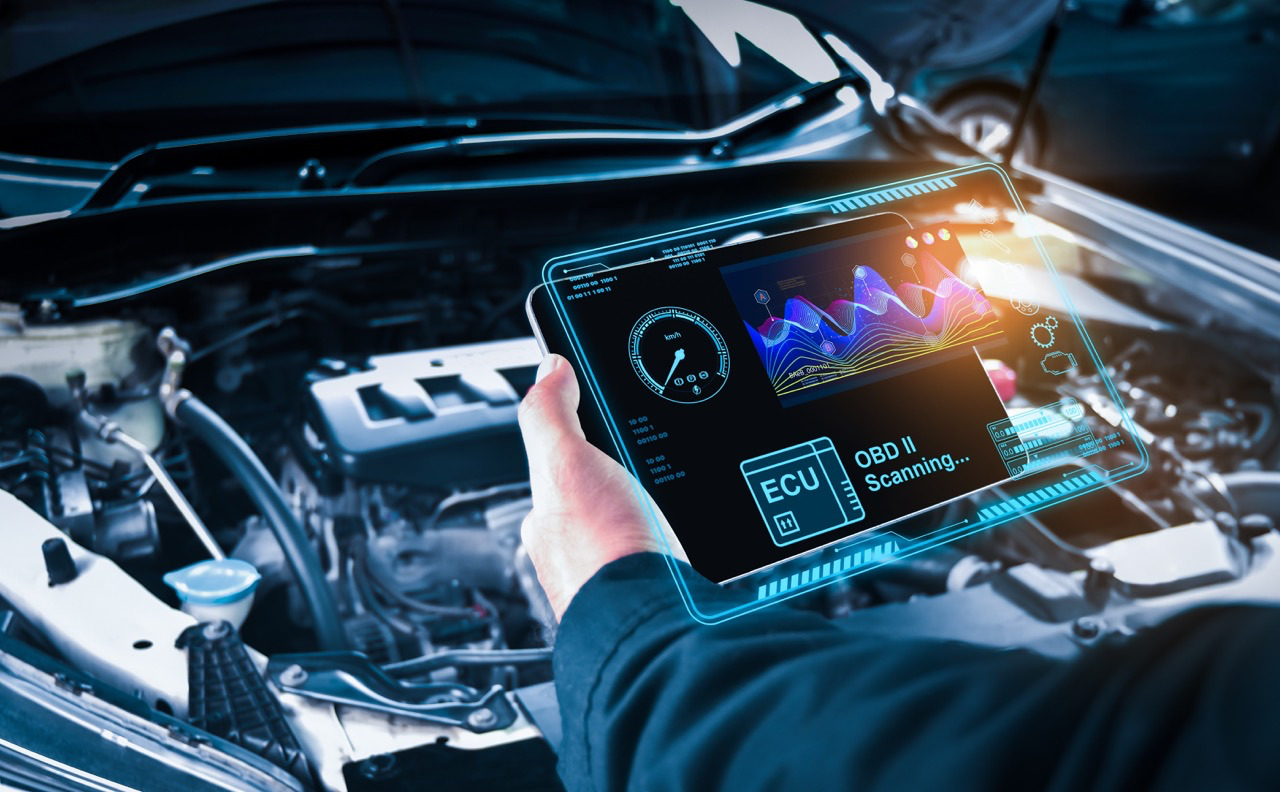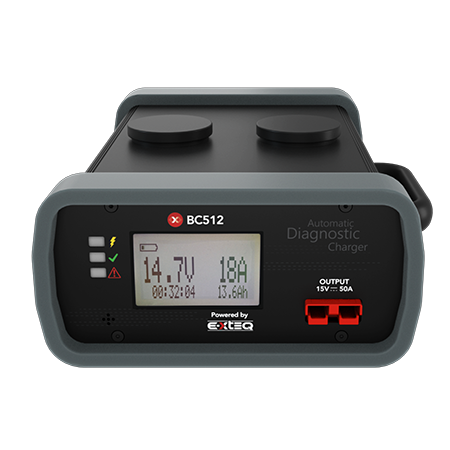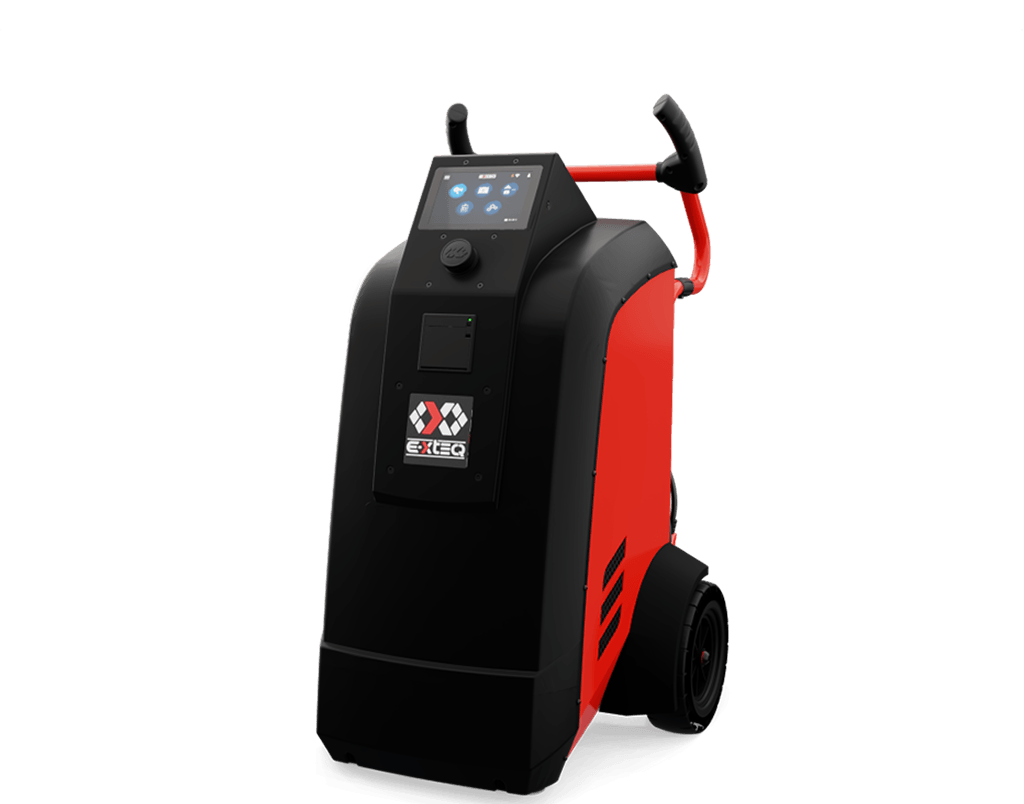
What exactly is an ECU?
As technology advances, it plays an increasingly important role in the functioning of our modern vehicles, and this can be seen directly in a component known as the Engine Control Unit (ECU).
The easiest way to think of ECU is to think of your car’s Engine Control Unit as a brain. This compact device, though small, actually plays an integral role in the performance and efficiency of your entire care. If you’re looking for it, the ECU will be located in the cab of the car (depending on the specific vehicle), where it will oversee the functioning of the entire system, ensuring that the process runs smoothly.
What does an ECU do?
The ECU of your car will have a hand in several different core functionalities. These will include receiving data from a number of sensors places throughout your vehicle, processing that data through, and executing decisions based off of it. The ECU will communicate effectively with the fuel injectors, ignition coils, throttle, and even emission controls. Sometimes the ECU can even play a hand in your anti-theft functions. And it does all this in communication with a chip inside the ECU, known as the EEPROM.
What is Reflashing?
When we’re talking about the Engine Control Unit, the term “reflashing” is how we update/reprogram the software that controls the engine. In the same way we update our phones operating system (OS) in order to improve the functionality of the device, so also we can update our car’s ECU.
With all the importance behind the ECU, it’s apparent why tampering with it must be done with extreme care. One of the more common challenges during the reflashing process revolves around power. If you’ve ever updated any electronic device, you’ve likely been confronted with some message telling you to plug in the device, to keep it on the charger. Like these smaller technologies, the ECU requires an uninterrupted power supply. A sudden loss of power, for whatever reason, can cause the reflash to fail and could potentially damage your ECU.
ECU reflashing and the vehicle battery
Some reflash sessions can last more than 45 minutes. If the battery voltage drops below a set voltage, the reflashing process will stop and possibly damage the module. Voltages are changing and can vary from 12 to 14 volts. The E-XTEQ 512EVO and 1012EVO can help your battery, by maintaining it and making sure that the battery voltage does not drop through the whole process.


These two products, based on the OEM’s requirements, can push up to 50A and 100A respectively and can maintain the battery for as long as it is needed, for the whole ECU reflash process to successfully be completed.


Providing a constant power source during such an important process is just one of the many capabilities that more of our products are able to accomplish, like the Diagnostic Charging Battery Station (DCBS) and the MAXIMUS.






